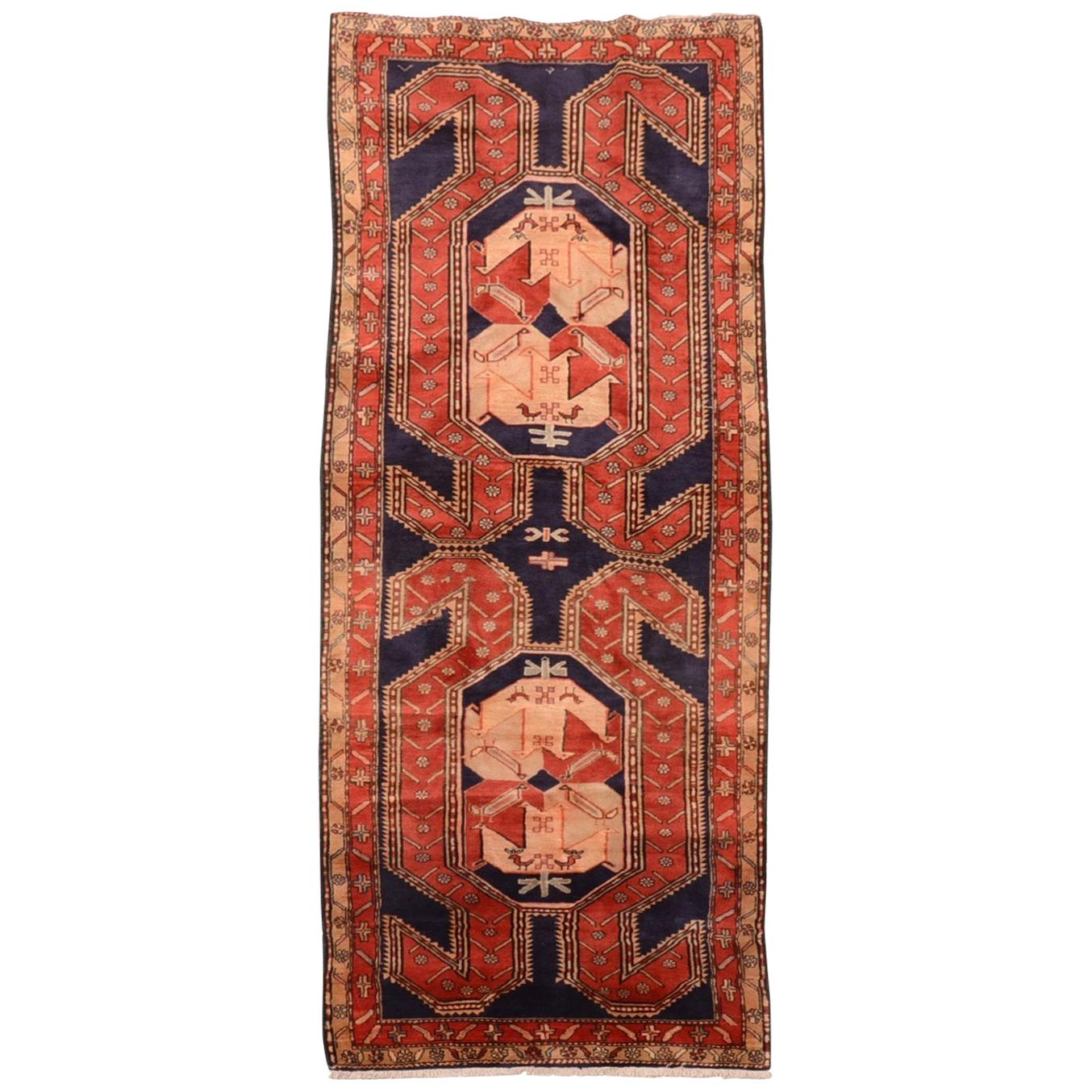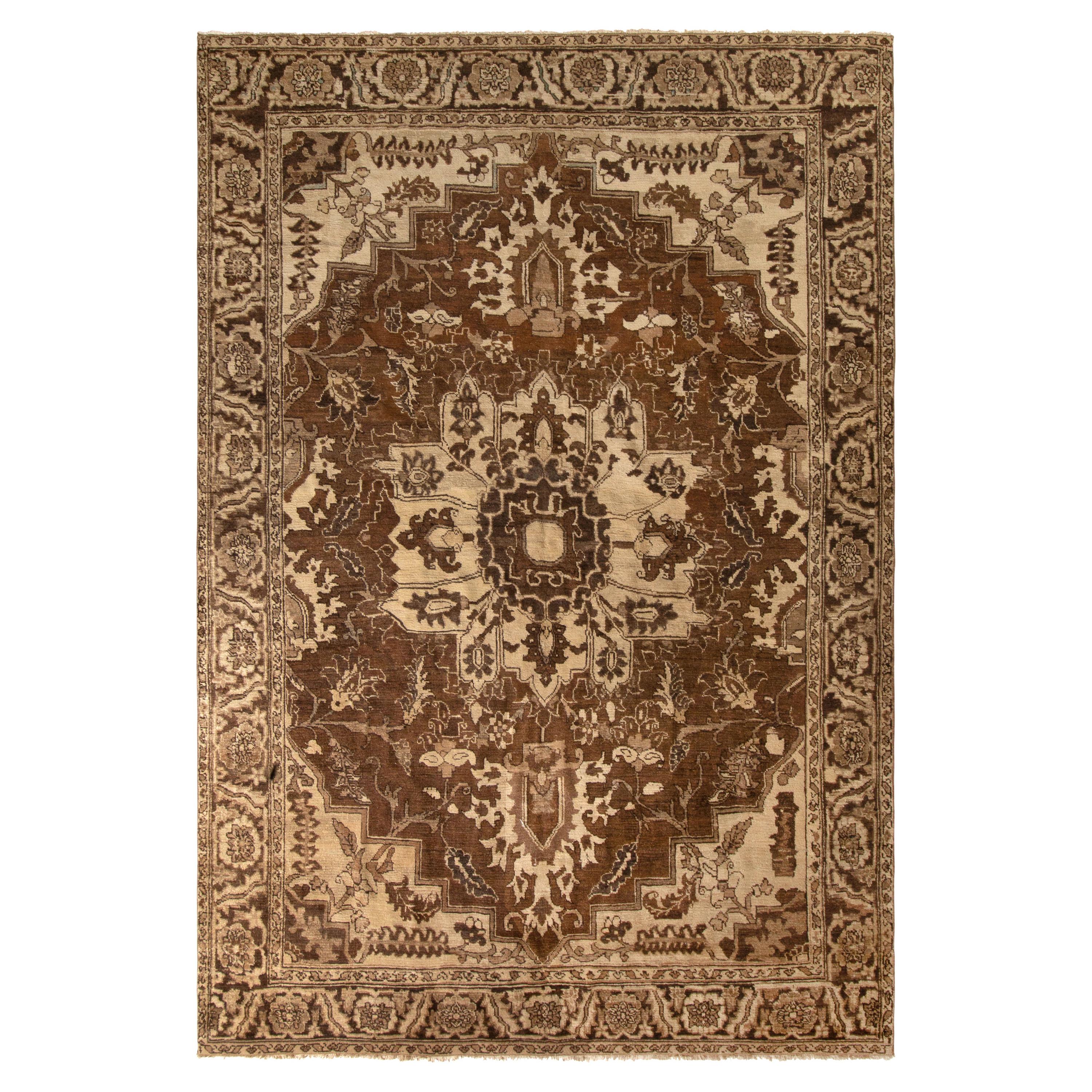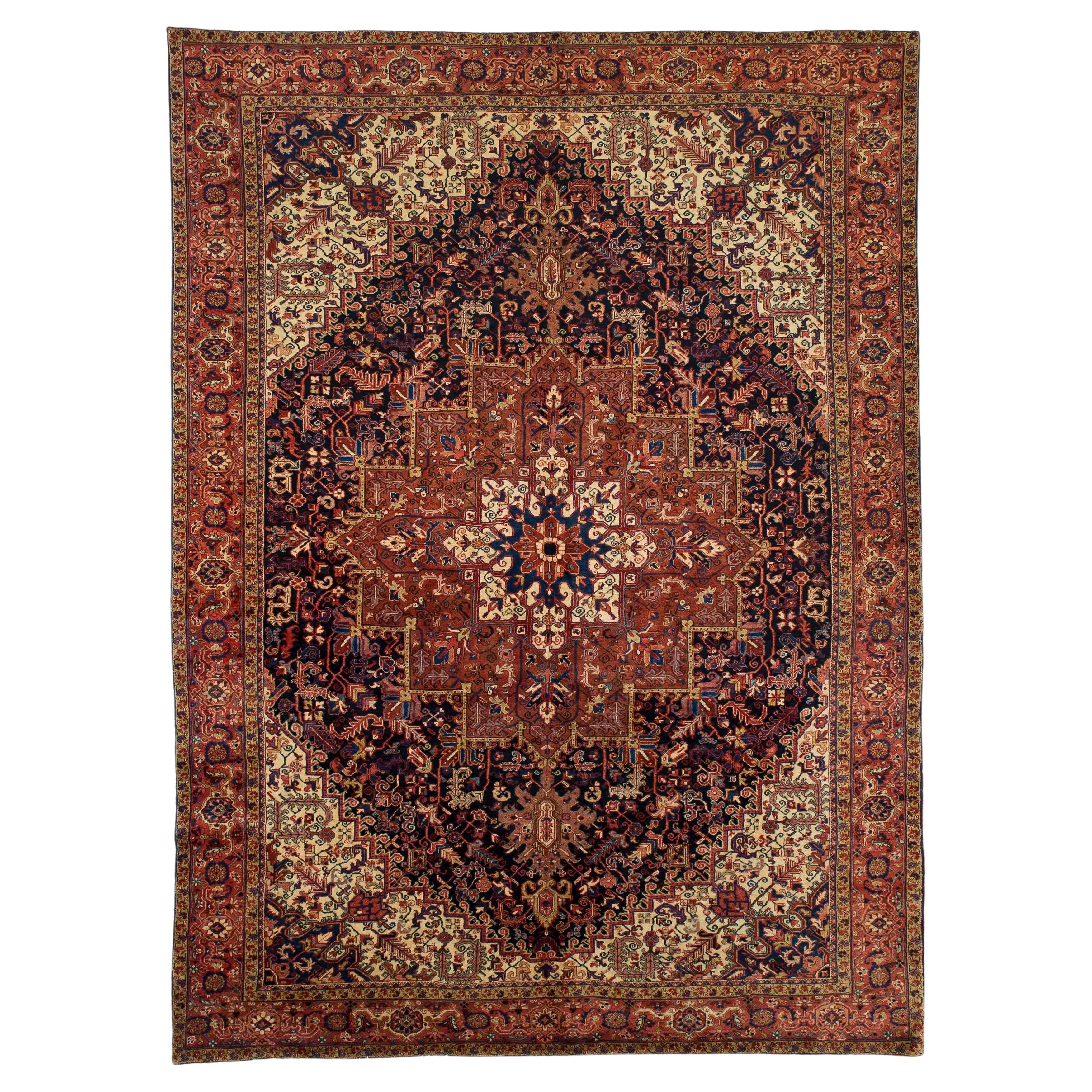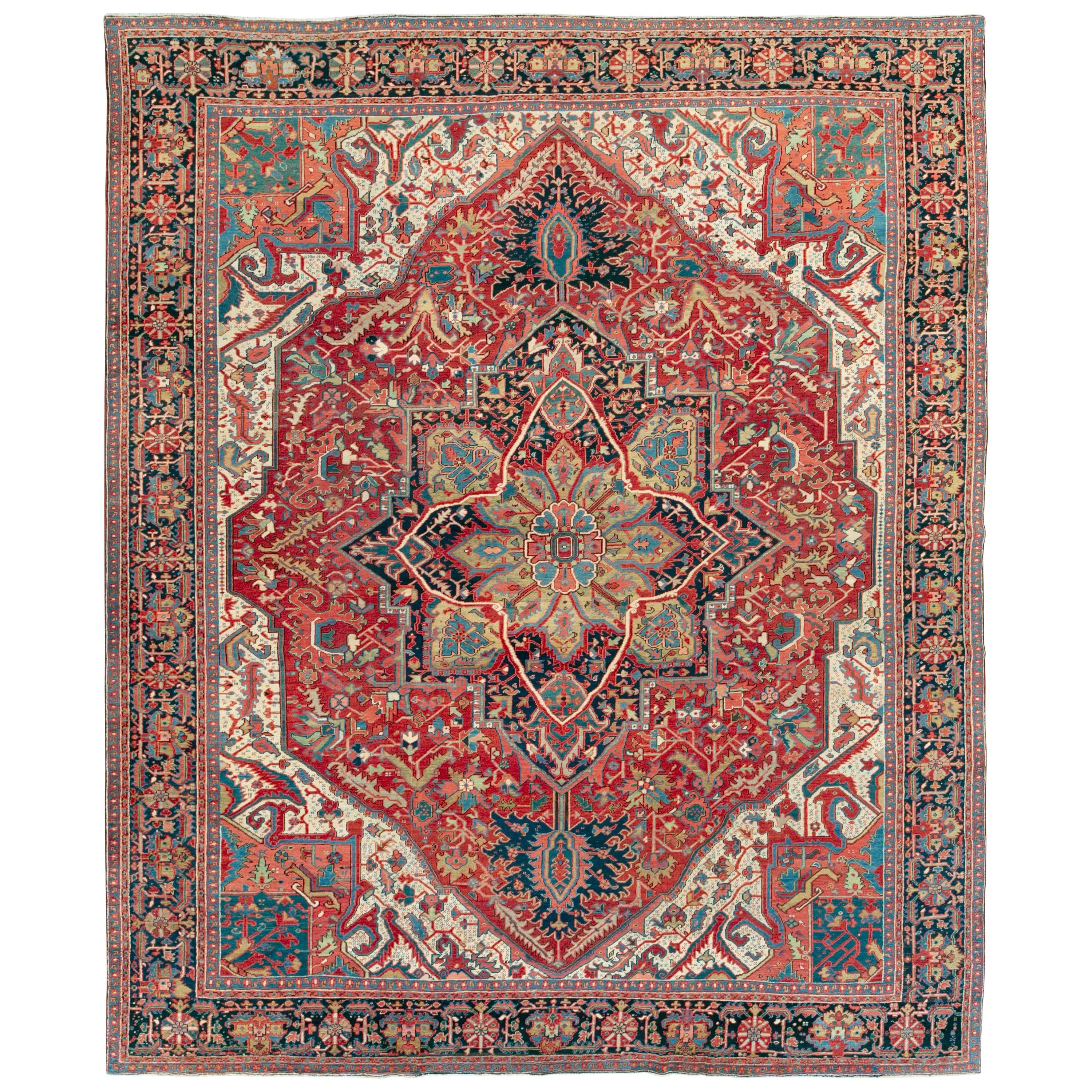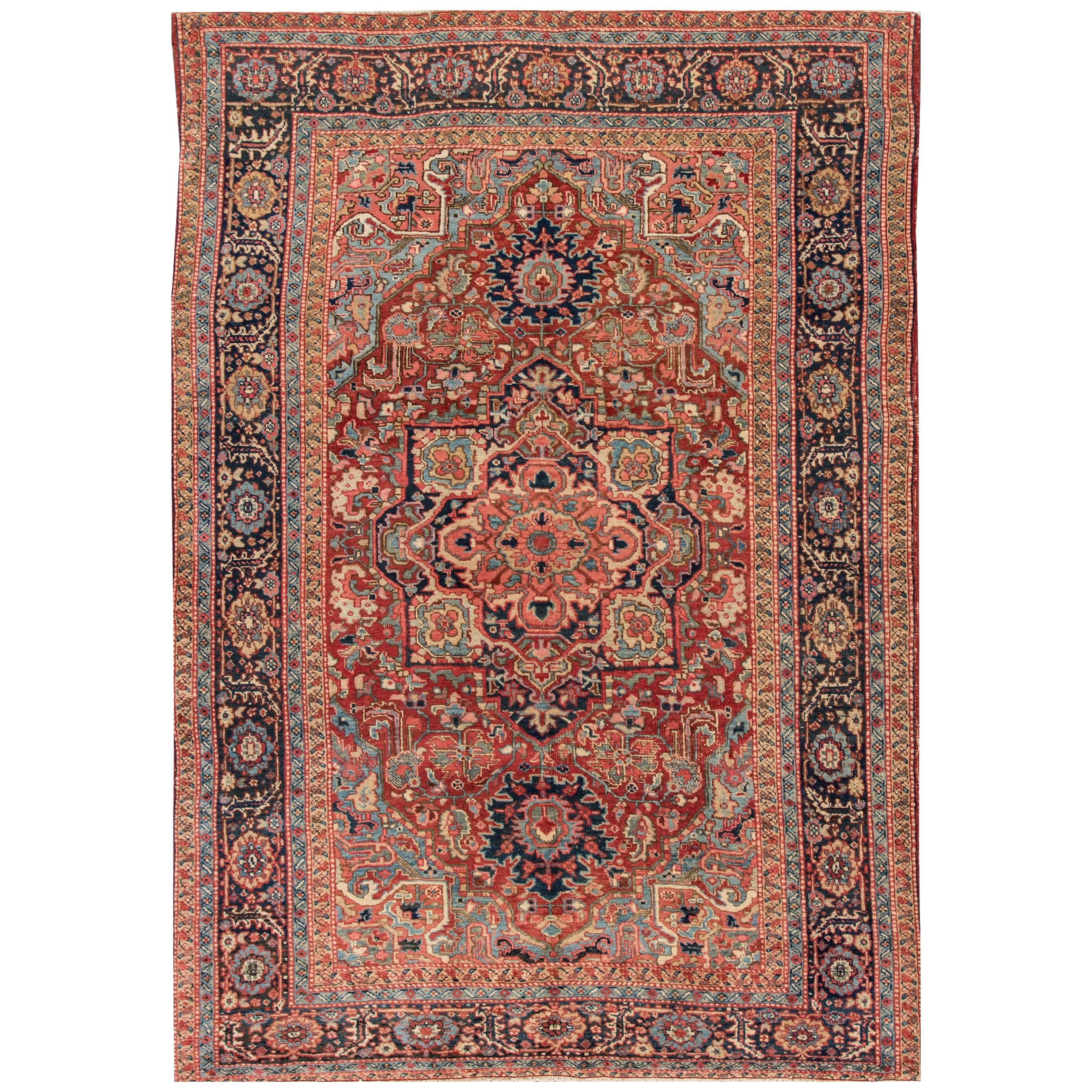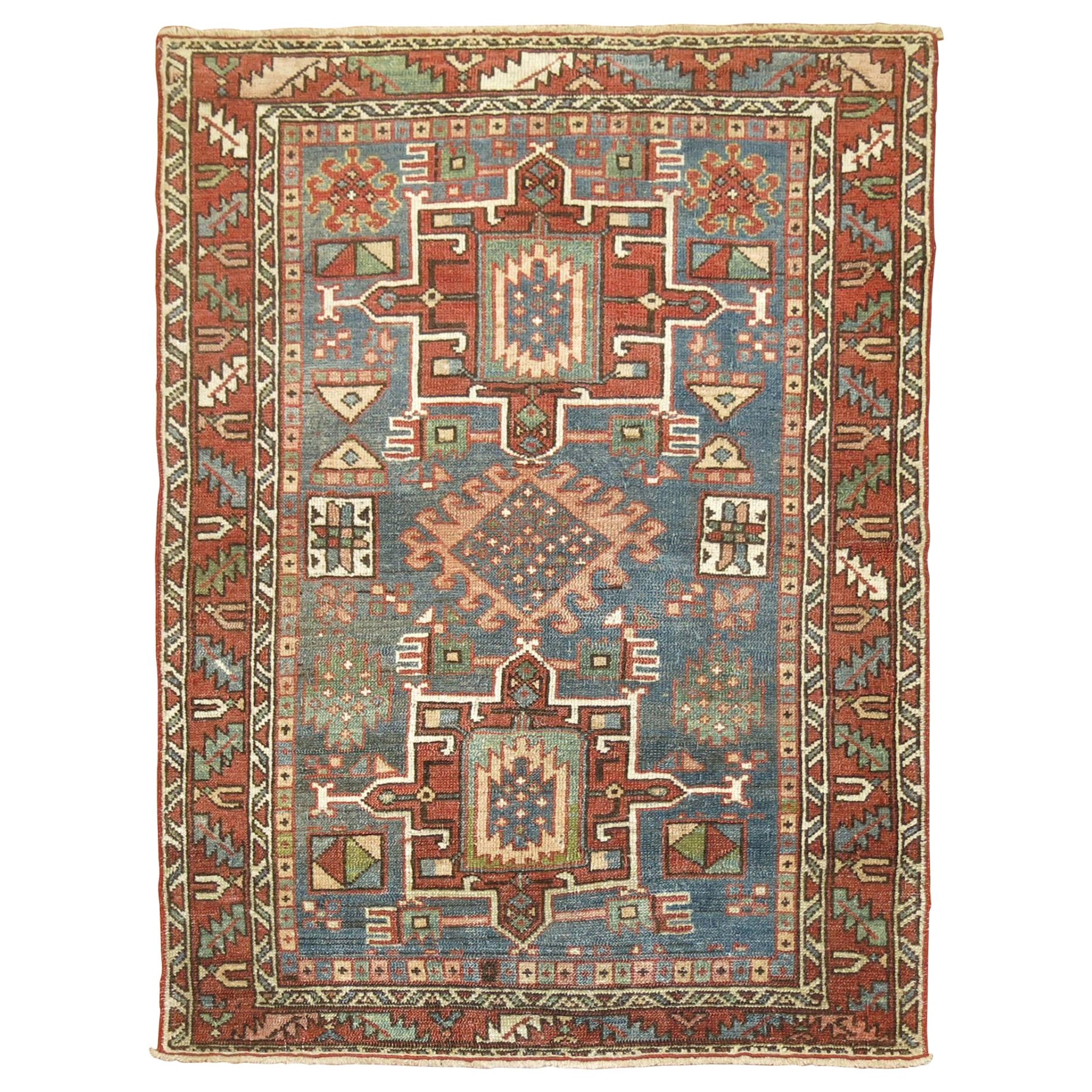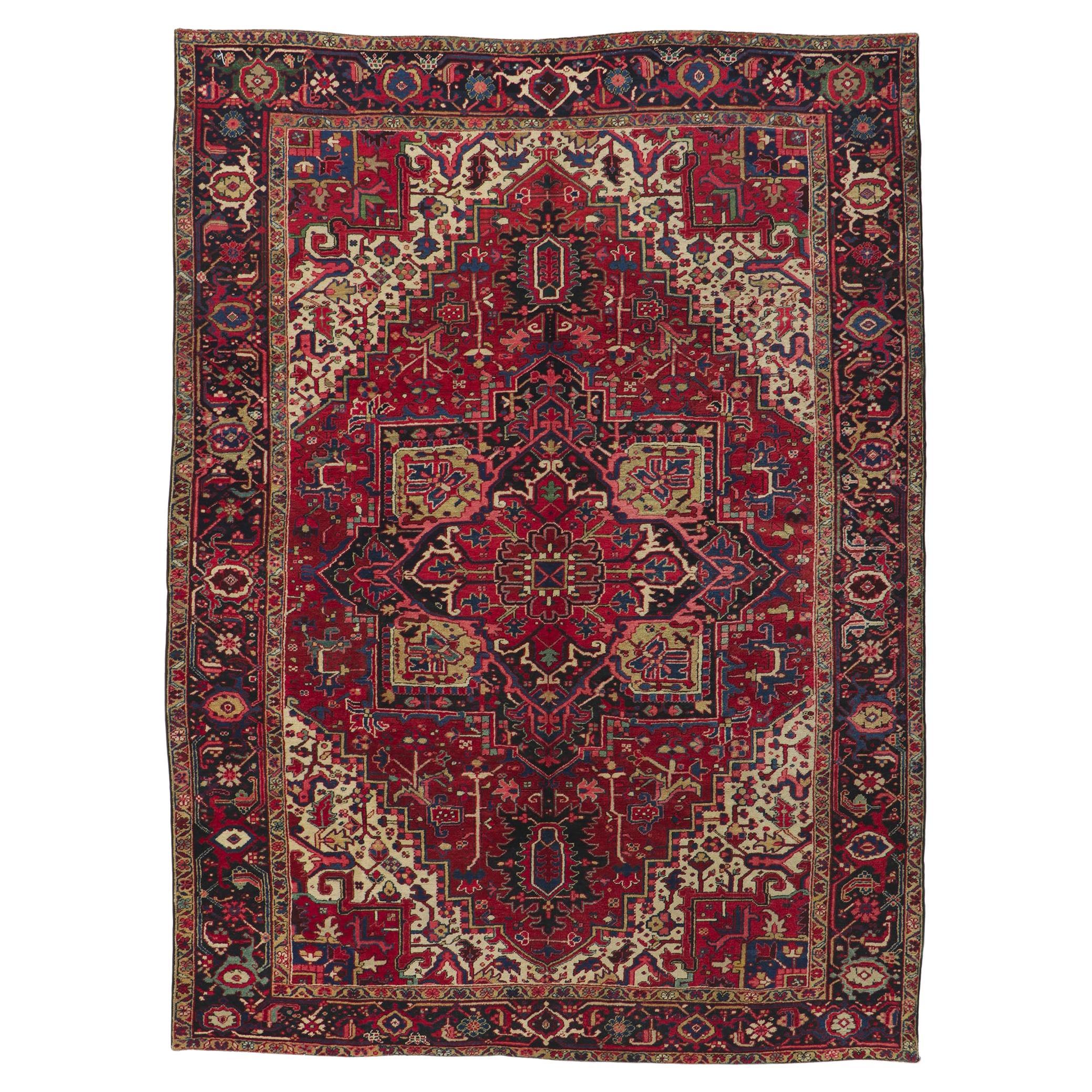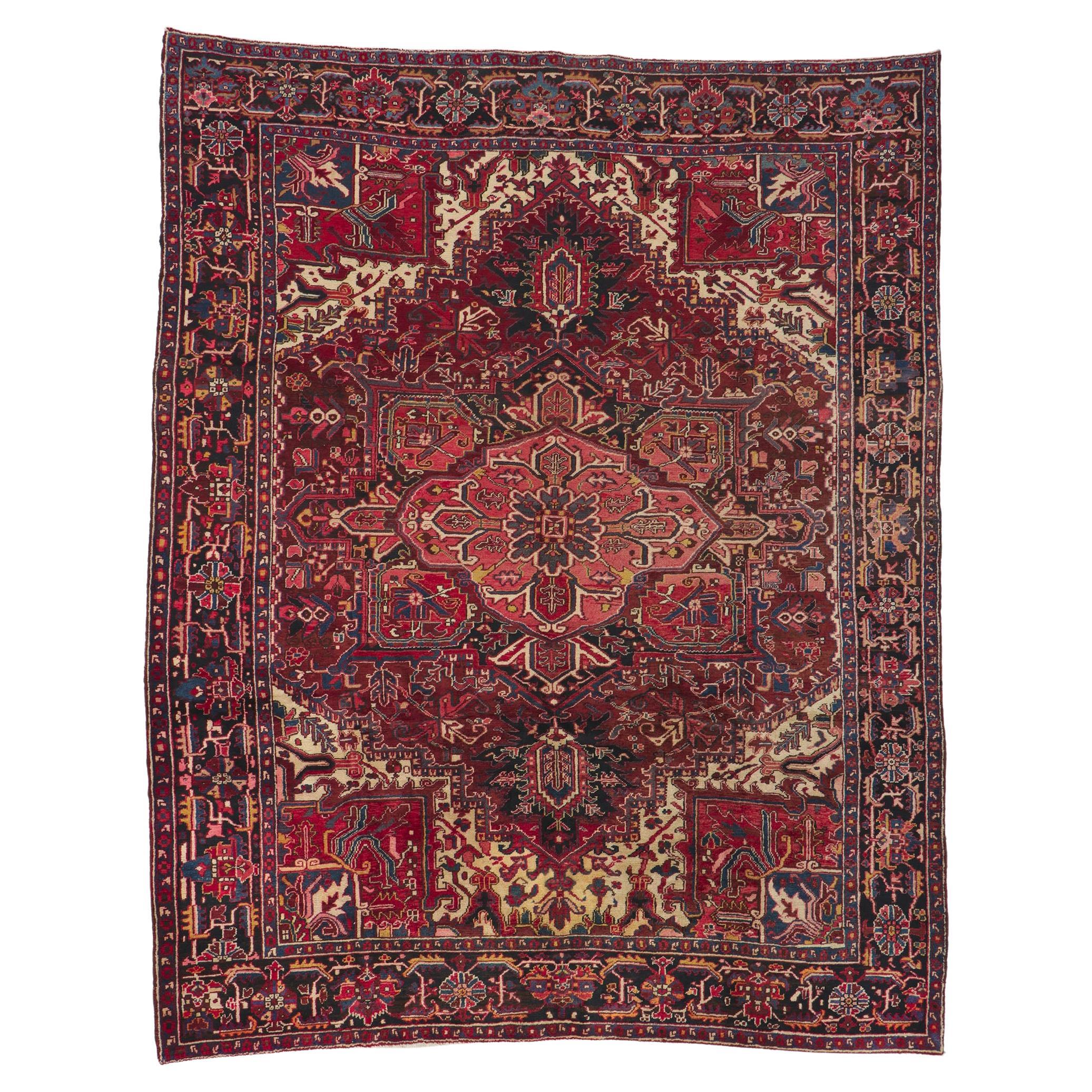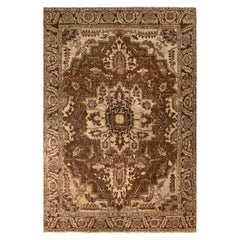
Antique Hand Knotted Persian Heriz Rug
View Similar Items
1 of 12
Antique Hand Knotted Persian Heriz Rug
About the Item
- Dimensions:Width: 92 in (233.68 cm)Length: 140 in (355.6 cm)
- Style:Heriz Serapi (In the Style Of)
- Materials and Techniques:Wool,Hand-Knotted
- Place of Origin:
- Period:
- Date of Manufacture:1920
- Condition:Wear consistent with age and use.
- Seller Location:Atlanta, GA
- Reference Number:Seller: 859731stDibs: LU1652213916022
You May Also Like
- 1900s Antique Persian Heriz Hand Knotted Oriental RugLocated in Carlstadt, NJThis is a genuine hand knotted oriental rug. It is not hand tufted or machine made rug. Our entire inventory is made of either hand knotted or handwoven rugs. Bring life to your h...Category
Antique Early 1900s Persian Heriz Serapi Persian Rugs
MaterialsWool
$1,410 Sale Price20% Off - Antique Hand Knotted Persian Heriz-Serapi Geometric Long RugLocated in Dallas, TXAntique all over Persian Heriz-Serapi geometric rug in an array of gorgeous colors of midnight blue, rust, blue, red and terracotta color. One o...Category
Early 20th Century Persian Heriz Serapi Persian Rugs
MaterialsWool
- Hand-Knotted Antique Persian Heriz Rug Floral Medallion Pattern by Rug & KilimLocated in Long Island City, NYA beautifully rich beige-brown antique Persian Heriz rug joining Rug & Kilim’s Antique & Vintage collection. Hand knotted in wool circa 1920-1930, the rug witnesses a blissful marria...Category
Vintage 1920s Persian Heriz Serapi Persian Rugs
MaterialsWool
- Vintage Hand-Knotted Persian Heriz Room Size RugLocated in South Bend, INA gorgeous vintage hand-knotted Persian Heriz room size wool rug Mid-20th Century Beautiful floral design, with predominant colors in red, blue, gold, green, and ivory. Measures: ...Category
Mid-20th Century Heriz Serapi Persian Rugs
MaterialsWool
- Hand-Knotted Antique Wool Floral Persian Heriz RunnerLocated in West Hollywood, CAThis antique Heriz runner has a sandy-yellow field with an overall design of polychrome columns of angular palmette and floral vine scattered with serrated leaf and floral stems, in ...Category
Antique Late 19th Century Persian Heriz Serapi Persian Rugs
MaterialsWool
- Antique Persian Heriz RugLocated in Dallas, TXThis carpet was woven in Northwest Persia (Iran) in an area located some 40 to 50 miles due east of the city of Tabriz – the provincial capital of Persian Azerbaijan and one-time capital of Imperial Persia prior to the fifteenth century. This province is bounded on the north by the Russian Caucasus, on the east by the Caspian Sea, and on the west by Turkey. The principal weaving towns of the area were, and are Karadja, Heriz, Sarab, Ahar, Bakshaish, Gorevan, and Mehrevan. As you may know, most rectilinear designed rugs are products of the tribes and villages; so it was not often that carpet (room) sizes were produced with designs in the geometric, or highly stylized, format. In about the middle of the nineteenth century, a revitalization of the rug-making art form began to take place after nearly two centuries of neglect due to destructive external forces which placed Persia in a survival mode for most of that period. It is said that the arts do not flourish when there is chaos and confusion, which depresses the all-important patronage necessary for artistic growth and development, so, in great measure, the rug weaving art returned to its roots in the eighteenth and first half of the nineteenth centuries – a product of the tribes and villages, with the high art of the sixteenth and seventeenth centuries all but dead. The nineteenth-century revival was stimulated by English and European trading companies acting in concert with the energetic merchants of Tabriz. It is accepted by most of us that the emergence of large-sized carpets with designs in the rectilinear was a result of the revival in Tabriz where designs in the very elaborate curvilinear form were provided to the surrounding country weavers to produce carpet sizes in these designs but within the framework of the country weaver’s capability to execute these designs. Thus emerged an interpretation with great character and pleasing simplicity. Agriculturally, the area is not particularly important, but the prosperous carpet weaving industry brought considerable relative wealth to some of the towns like Heriz. It was this area that produced remarkably tough carpets exhibiting that aforementioned character of design, The skill of the weavers was such that they were known to merely pin a piece of cloth on a wall or loom support – on which had been crudely drawn design elements – from which they could weave any sized carpet. A really astonishing feat of intuitive and instinctive planning. They truly represent that desired individuality in design but always within the framework of broad design formats peculiar to the region. Noted authority Arthur Urbane Dilley, in 1931, wrote the following describing the beauty of the Heriz district carpets: “Heriz rugs have supplied to a small group of discerning buyers, adaptable color harmonies of great beauty. Fine variegated color is to the older Heriz...Category
Vintage 1970s Persian Heriz Serapi Persian Rugs
MaterialsWool
$16,000

